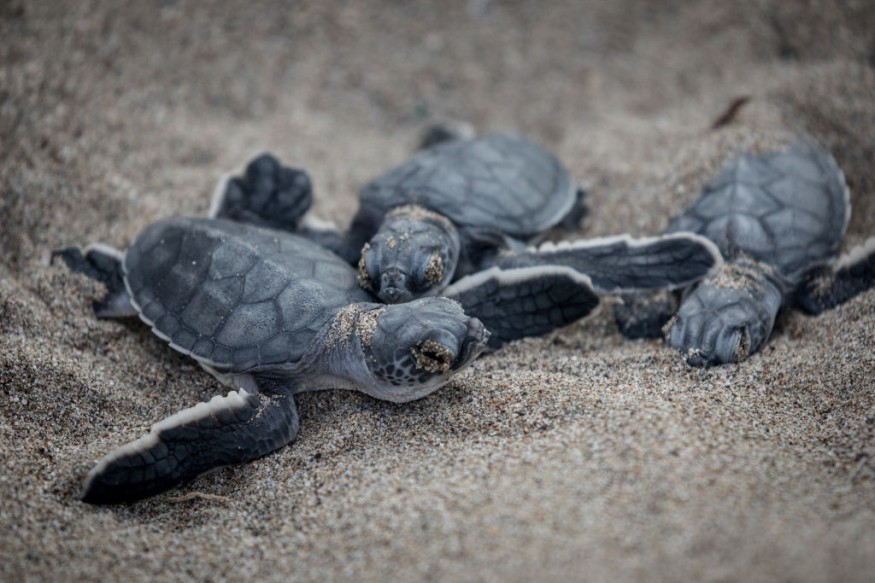The latest report warned of the potential decline of six turtle species in Australia due to climate change and human disturbance.
Climate change has been a pressing concern due to its impacts on animals' habitats and food sources. Additionally, widespread human disturbance has worsened the situation, making it more challenging for different species, including turtles.
Understanding the impacts of these disturbances will offer new insights into mitigation and control, addressing the decline in these species.
To analyze the situation of turtles in Australia, researchers studied the survival of six turtle species amidst human threats and climate change.
Climate Change, Human Disturbance Threats on Different Turtle Species

According to a report published last June 17, the marine turtles in Australia have been facing existential threats of population decline. The researchers analyzed the different species of turtles, including the following:
- Leatherback
- Loggerhead
- Olive Ridley Turtles
- Flatback
- Green
- Hawksbill Turtles
One of the major concerns is the rising sea levels. The researchers explained that it is considered a double-whammy threat for these species, creating dual concerns for their survival.
For the existence of Australia's Leatherback Turtles, these species have also suffered from bycatch, and plastic waste. Another concern is marine heat. Temperature fluctuation threatens the reproductive success of turtles, which are sensitive to changing temperatures.
In addition, coastal development is a growing concern for turtles in Australia. When coastal areas are affected, it becomes more challenging for turtles to reproduce or incubate their eggs.
The report also mentioned the threats of feral animals and other predators. These can potentially cause a widespread damage to turtles populations.
Considering the multiple threats to turtle populations, continuous monitoring efforts are important to protect them and prevent the brink of extinction.
Conservation Efforts for Affected Turtles
Due to alarming threats to turtle populations, conservation efforts to protect these endangered and vulnerable species are urgently needed. Additionally, the report emphasized the need for researchers to offer new insights into the turtle's survival.
Another aspect of conservation efforts is collaboration with indigenous communities and scientists. The report explains the importance of collaborations to address the growing threats to turtles.
Additionally, researchers are looking into the contribution of AI-infused cloud-based systems and DNA-based lifespan calculations to monitor better and conserve turtles in the region. Because climate change also poses a significant problem, mitigating greenhouse gas emissions can potentially help reduce the effects of marine heat waves and protect turtle habitats.
For more similar, don't forget to follow Nature World News
© 2025 NatureWorldNews.com All rights reserved. Do not reproduce without permission.





